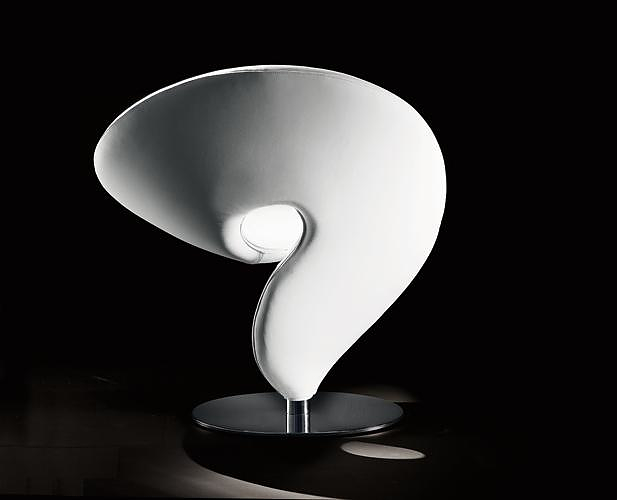How big is the South Pacific Garbage Patch?
How big is the South Pacific Garbage Patch?
2.6 million square kilometers
The elevated levels of pollutants can be detected over a vast area estimated to be
2.6 million square kilometers (one million square miles), or about 1.5 times the size of Texas, with the debris found along a nearly 2,500 nautical mile straight line route.
How big is the Great Pacific Garbage Patch 2020?
1.6 million square kilometers
The GPGP covers an estimated surface area of
1.6 million square kilometers, an area twice the size of Texas or three times the size of France.
Is the Great Pacific Garbage Patch real?
The Great Pacific Garbage Patch is a collection of marine debris in the North Pacific Ocean. ... The patch is actually comprised of the
Western Garbage Patch, located near Japan, and the Eastern Garbage Patch, located between the U.S. states of Hawaii and California.
Is the Great Pacific Garbage Patch in the South?
The Great Pacific garbage patch (also Pacific trash vortex) is a garbage patch, a gyre of marine debris particles, in the central North Pacific Ocean. ... The collection of plastic and floating trash originates from the Pacific Rim, including countries in Asia, North America, and South America.
What is the problem with the Great Pacific Garbage Patch?
Debris trapped in the Great Pacific Garbage
Patch is harmful to marine life. For example, loggerhead turtles consume plastic bags because they have a similar appearance to jellyfish when they are floating in the water. In turn, the plastic can hurt, starve, or suffocate the turtle.
How long would it take to clean the Great Pacific garbage?
In the TEDx talk, Slat proposed a radical idea: that the Great Pacific Garbage Patch could completely clean itself in
five years. Charles Moore, who discovered the patch, previously estimated that it would take 79,000 years.
What is the cleanest beach in the world?
Top 5: The Cleanest Beaches in The World- HAWAII: Papakolea Beach (AKA Green Sands Beach), Ka'u, Big Island.
- DOMINICAN REPUBLIC: Cayo Levantado Island, Samana Bay.
- INDIA: Auroville Beach, Pondicherry.
- PHILIPPINES: El Nido, Palawan.
- AUSTRALIA: Hardy Reef, Great Barrier Reef, Queensland.
EB
Could we clean up the Great Pacific Garbage Patch?
The Ocean Cleanup is developing cleanup systems that can clean up the floating plastics caught swirling in the Great Pacific Garbage Patch. System 002, a large-scale, experimental system, is currently being trialed in the Great Pacific Garbage Patch.
What is the bluest ocean?
Some of the clearest, bluest ocean waters on Earth are found in the
South Pacific.
